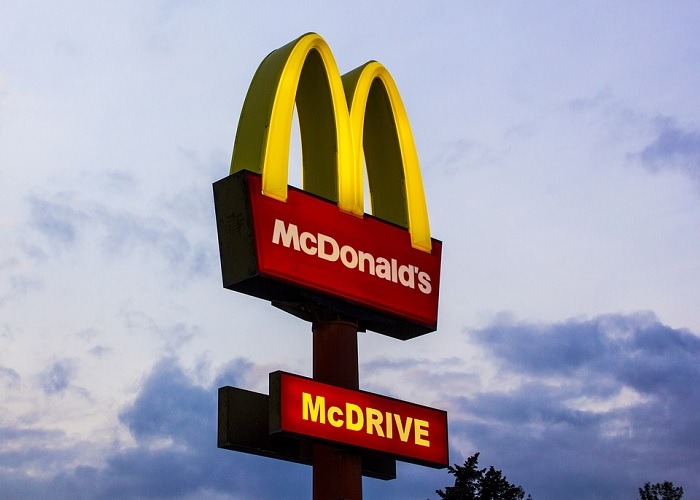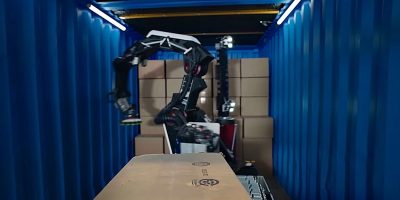
McDonald’s is buying AI innovator Dynamic Yield for $300 million. This purchase is part of the company’s drive to improve service while reducing staff levels wherever possible. The company is a major employer but is heavily staffed with low-skilled minimum wage workers. A move towards greater automation will make the business less labor-intensive and more profitable.
Dynamic Yield will not be fully integrated into the McDonald’s corporate structure but will continue as an independent brand. This will allow the company to continue providing services to other big retailers that are implementing AI, such as Urban Outfitters and Ikea, which are current clients of the innovator.
However, the purchase demonstrates that the corporate chiefs of McDonald’s intend to deploy AI to such an extent that it would be beneficial to recycle its large expenses on the project back into corporate coffers.
The first task for the new MacDonald’s automation subsidiary is to improve the Drive Thru experience at outlets in the USA. Once all of the 14,000 American locations have been spruced up with AI, these new processes will be rolled out to McDonald’s branches around the world.

AI-Driven Menus
The AI initiative is being applied to menu generation. The Drive Thru menu displays will be composed dynamically, changing automatically to reorder the items available according to circumstances. For example, during hot spells, the menu will feature the restaurant chain’s frozen desserts and shakes and prioritize hot drinks during cold snaps.
Other factors that will influence the menu compilation are the length of the waiting queue – a long line will provoke the AI menu to promote quick-to-prepare items. Local events and regional sales favorites will also alter the menu from location to location.
None of these alterations are particularly innovative. However, the McDonald’s AI revolution goes deeper than just specials of the day and local dishes. The menu bots will turn the ordering process into a “virtual assistant” experience. The company’s marketers have noted the rise in the public’s use of voice-activated search tools, such as Siri and Alexa, and they will model that interaction in their speaker systems.
The Drive-Thru assistant will be backed by machine-learning routines through license-plate scanning and even voice recognition. Tying together customer identifiers with sales histories will enable the assistant to chat with the customer and present the same experience to buyers regardless of the branch they drive into. This digital-driven familiarity will start with an adjusted menu display as the customer approaches.
AI in the Food Industry
McDonald’s isn’t the first player in the food and beverages industry to deploy AI. In fact, small elements in the supply chain of food have been introducing machine learning and other AI techniques over the past decade.
This interest in AI starts right back at the farm, where AI has refined weather predictions to aid farmers in their decisions of what to plant, when, and where.

Shipping and food sorting are other sectors of the food processing and handling sector that are integrating AI into their procedures. The drive for these changes mainly stems from a need to improve profitability. However, other incentives, such as proving compliance to safety standards and automatic employee supervision, have caused the introduction of AI into the delivery of food from farm to consumer.









